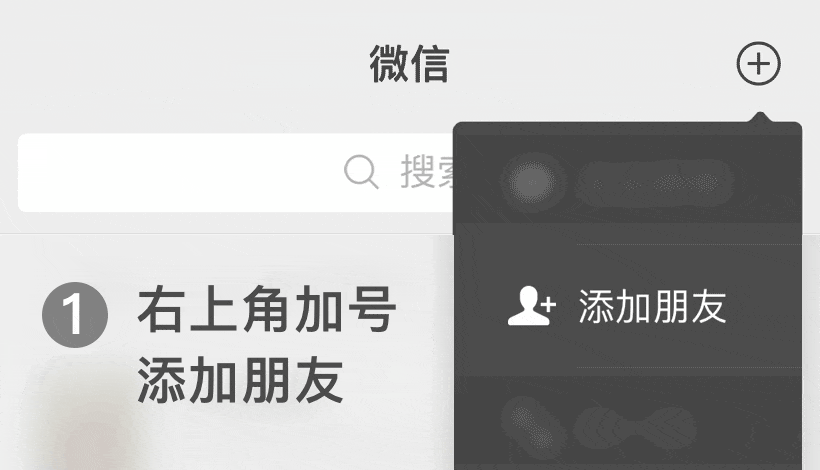What are the applications of straight groove in the field of machinery
A straight groove (linear groove) is a basic component used in mechanical systems to guide components to perform linear reciprocating motion or directional sliding. Its core function is to ensure the stability, accuracy, and reliability of component movement by constraining the motion trajectory. In the field of machinery, the application of straight chutes is extensive, covering multiple segmente
A straight groove (linear groove) is a basic component used in mechanical systems to guide components to perform linear reciprocating motion or directional sliding. Its core function is to ensure the stability, accuracy, and reliability of component movement by constraining the motion trajectory. In the field of machinery, the application of straight chutes is extensive, covering multiple segmented scenarios, as follows:
1����、 General Machinery and Transmission Systems
1. Guidance of reciprocating motion mechanism
Application scenarios: Stamping machine slider, hydraulic/pneumatic cylinder piston rod guidance, shearing machine tool holder sliding, etc.
Function: By constraining the trajectory of moving parts (such as sliders and tool holders) through a straight groove, it avoids displacement or shaking under force, ensuring the accuracy of stamping, shearing and other actions (for example, in a stamping machine, the clearance between the groove and slider can be controlled at 0.01-0.05mm to ensure the consistency of the size of the stamped parts).
Characteristics: High strength cast iron or steel materials are usually used, and the surface is quenched (with a hardness of HRC50 or above) or chrome plated to reduce friction and wear and improve service life.
2. Sliding parts of manual/semi-automatic equipment
Application scenarios: Platform drilling worktable lifting groove, grinding wheel machine bracket sliding track, manual press operation rod guide groove, etc.
Function: Provide a stable sliding path for manually operated components, reduce operational difficulty, and prevent component overtravel movement through the limiting effect of the slide groove (for example, the straight slide groove of the bench drill worktable will be equipped with a stopper to limit the lifting range and avoid collision with the spindle).
2����、 Automation and conveying equipment
1. Material conveying guidance
Application scenarios: Side material blocking chute of belt conveyor, workpiece positioning chute of chain conveyor, component chute of automatic assembly line, etc.
Function: To constrain the movement direction of materials (such as components, packaging boxes, bulk materials) during the conveying process, preventing deviation or falling. For example, on an automotive parts assembly line, a straight groove can guide small parts such as bolts and washers to slide correctly into a certain workstation, and cooperate with a robotic arm to complete the grabbing assembly.
Features: The inner wall of the chute is often smoothed (such as polished or coated with wear-resistant plastic pads) to reduce friction between the material and the chute and avoid scratching the surface of the material (especially suitable for precision parts transportation).
2. Automated execution of component sliding
Application scenarios: Telescopic guidance of robot end effectors (such as gripper hands), welding gun translation tracks for automated welding equipment, lifting chutes for palletizers, etc.
Function: To ensure the trajectory accuracy of the executing components of automation equipment (such as welding guns and grippers) during high-speed motion, and to ensure the correct working position (for example, the straight groove of a palletizer needs to be matched with a servo motor to control the translation error of the gripper within ± 0.5mm, achieving correct stacking of cardboard boxes).
3���、 Machine tools and precision machining equipment
1. Machine tool worktable and tool feed guidance
Application scenarios: Sliding track of lathe slide box, longitudinal/transverse slide groove of milling machine worktable, moving guide rail of grinding wheel rack, etc.
Function: As the core guiding component of the machine tool, the straight groove directly affects the machining accuracy. For example, the straight groove of a CNC milling machine (mostly a combination of linear guides and grooves) eliminates gaps through pre tightening design, allowing the worktable to move with an accuracy of 0.001mm, meeting the milling requirements of precision parts.
Special design: Some sliding grooves will integrate lubrication channels, reducing friction through an automatic oil supply system and avoiding accuracy drift caused by heat during high-speed movement.
2. Tool fixture positioning
Application scenarios: Sliding base of combination fixtures, adjustable positioning block groove of drilling dies, workpiece support sliding track of inspection fixtures, etc.
Function: The fixture components can be adjusted and positioned through a straight groove to adapt to workpieces of different sizes. For example, on a universal drilling machine, the groove of the drilling die can drive the drill sleeve to move in a straight line, quickly adjust the drilling position, and improve the versatility of the fixture.
4、 Construction Machinery and Heavy Equipment
1. Heavy component lifting/translation guidance
Application scenarios: Crane telescopic arm groove, hydraulic support pushing jack guide groove, loader bucket lifting slide, etc.
Function: Under heavy load conditions (from several tons to hundreds of tons), the straight chute needs to withstand huge radial and impact forces. It is made of high-strength alloy steel (such as 40Cr) and designed with a large cross-section to ensure the stability of heavy components during movement and prevent deformation or fracture (such as the chute of a crane telescopic arm, which needs to be matched with wear-resistant lining plates to reduce wear).
2. Directional constraints of vibration equipment
Application scenarios: Sliding support for the sieve box of a vibrating screen, tank guidance for a vibrating feeder, etc.
Function: To constrain the direction of motion of vibrating components (usually linear reciprocating vibration), avoid lateral swinging, and absorb some vibration energy through the cooperation of sliding grooves and springs, reducing the overall vibration transmission of the equipment (such as the straight sliding groove of the vibrating screen can limit the axial vibration of the screen box, ensuring material screening efficiency).
 0512-52430590
0512-52430590
 0512-52430590
0512-52430590

 WeChat number:業(yè)神物流設(shè)備
WeChat number:業(yè)神物流設(shè)備
